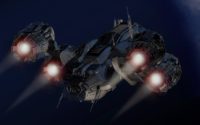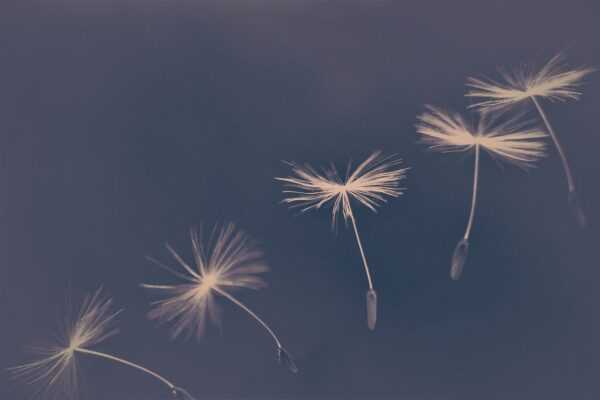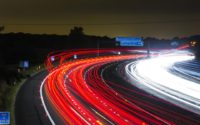Nikola Tesla
From the autumn of 1886 to the spring, the young inventor had to interrupt his auxiliary work. He was engaged in digging ditches, “he slept where it was necessary, and ate what he would find.” During this period, he became friends with a similarly located engineer, Brown, who was able to persuade several of his acquaintances to provide a small financial support for Tesla. In April 1887, the Tesla Arc Light Company, created with this money, began to develop street lighting with new arc lamps. Soon the viability of the company was proved by large orders from many US cities. For the inventor himself, the company was only a means to achieve the cherished goal.
Under the office of his company in New York, Tesla rented a house on Fifth Avenue near the building occupied by Edison.Between the two companies, an intense competitive struggle unfolded, known in America under the name “War of Currents” (War of Currents).
In July 1888, the famous American industrialist George Westinghouse bought over 40 patents from Tesla, paying an average of 25 thousand dollars for each. Westinghouse also invited the inventor as a consultant at the factories in Pittsburgh, where industrial designs of AC machines were developed. The work did not bring satisfaction to the inventor, hindering the emergence of new ideas. Despite the persuasion of Westinghouse, a year later, Tesla returned to his laboratory in New York.
Shortly after returning from Pittsburgh, Nikola Tesla traveled to Europe, where he visited the World Exhibition of 1889, held in Paris; visited his mother and sister Maritsa.
In 1888-1895, Tesla was engaged in the study of magnetic fields and high frequencies in his laboratory. These years were the most fruitful: he received many patents. Guide American Institute of Electrical Engineers (American Institute of Electrical Engineers) invited Tesla to give a lecture on their work. On May 20, 1892, he spoke to an audience that included prominent electrical engineers of the time, and was a great success.
March 13, 1895 in the laboratory on Fifth Avenue there was a fire. The building burned to the ground, destroying the latest achievements of the inventor – mechanical oscillator, a new method of electric lighting, a new method of wireless transmission of messages over long distances and a method of studying the nature of electricity. Tesla himself said that he can restore all his discoveries from memory.
Financial assistance to the inventor was provided by the Niagara Falls Company. Thanks to Edward Adams, Tesla had $ 100,000 to build a new lab. Already in the autumn, research was resumed at a new address: 46 Hauston Street. At the end of 1896, Tesla achieved radio transmission over a distance of 30 miles (48 km).
Nikola Tesla in a laboratory in Colorado Springs. Early 1900s (photo obtained by double exposure)

According to Tesla’s suggestion, standing waves from Colorado Springs had the greatest intensity near Amsterdam Island in the Indian Ocean.
In May 1899, at the invitation of the local electrical company, Tesla moved to the resort town of Colorado Springs (Colorado Springs) in the state of Colorado. The town was located on a vast plateau at an altitude of 2000 m. Severe thunderstorms were not uncommon in these places.
In Colorado Springs, Tesla set up a small lab. This time the sponsor was the owner of the Waldorf-Astoria hotel, who allocated $ 30,000 for research. To study the thunderstorms, Tesla designed a special device, which is a transformer, one end of the primary winding of which was grounded, and the other connected to a metal ball on a rod moving upwards. A sensitive self-adjusting device connected to the recording device was connected to the secondary winding. This device allowed Nikola Tesla to study changes in the Earth’s potential, including the effect of standing electromagnetic waves caused by lightning discharges in the Earth’s atmosphere (after more than five decades, this effect was studied in detail and later became known as “Schumann Resonance”). Observations led the inventor to the idea of the possibility of transmitting electricity without wires over long distances.



